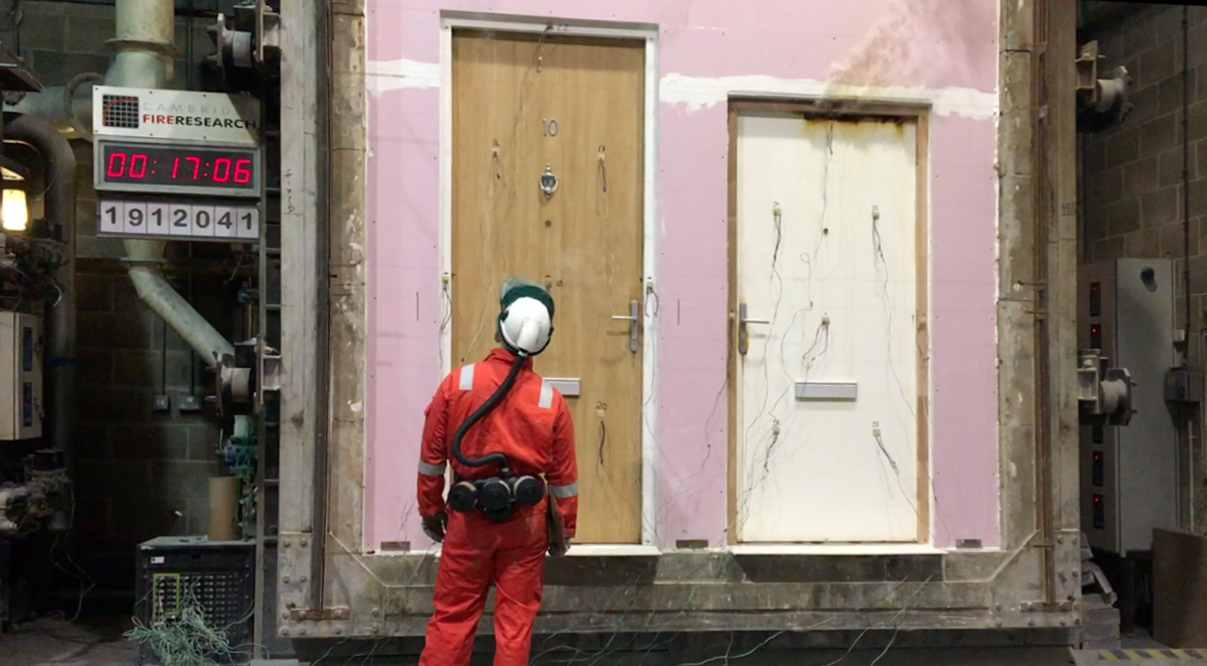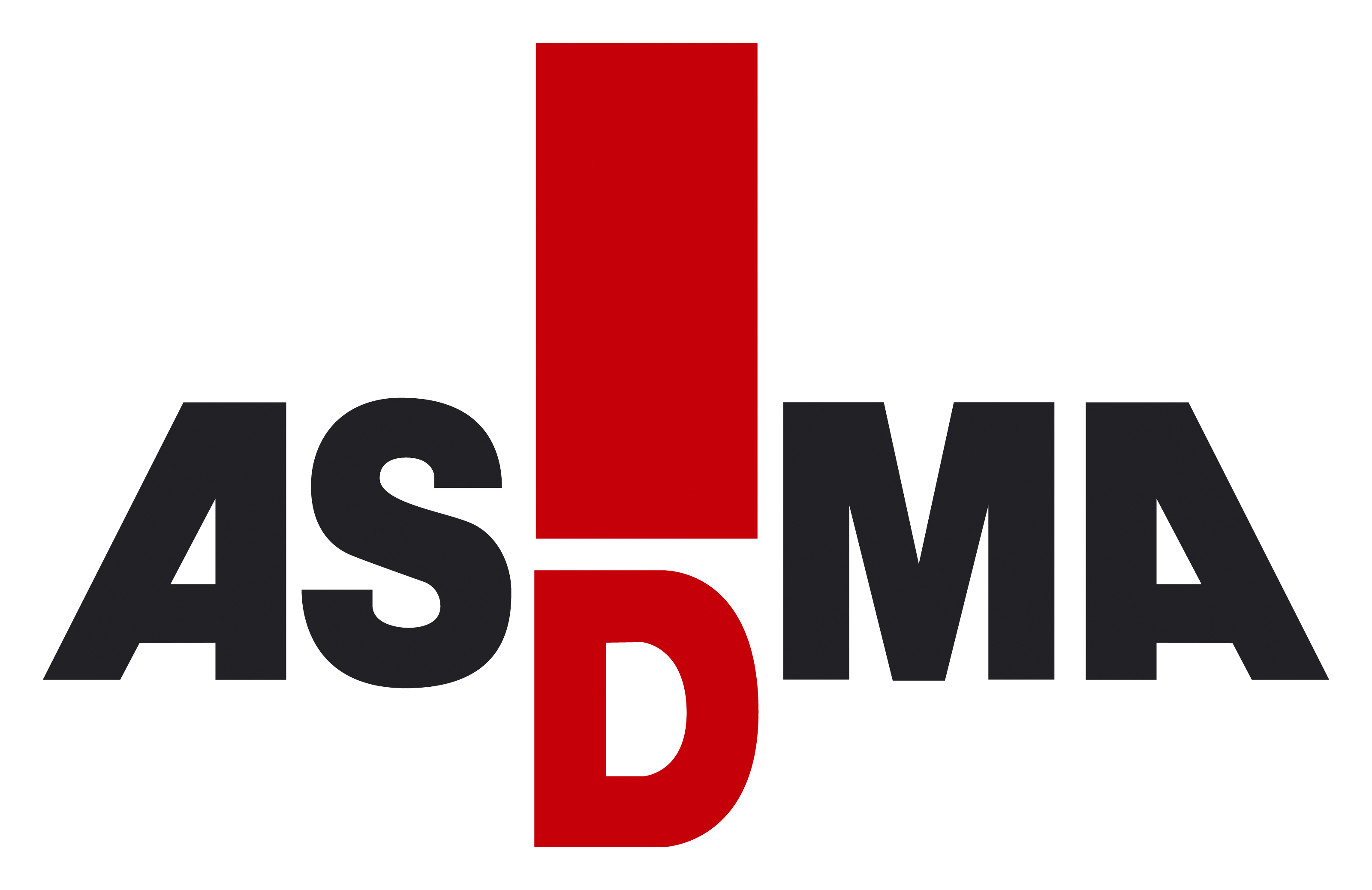Door manufacturers are often challenged over whether fire doors should be tested from both sides. ASDMA explain the standard rules governing the fire resistance testing orientation of timber doorsets – standards BS 476:1987 (Parts 22 and 20) and BS EN 1634-1:2014.
The convention to test timber doorsets in one exposure direction with the door leaf, or leaves for double doors, opening into the test furnace has long been established as a practical rule. This is supported by Standards BS 476:1987 (Parts 22 and 20) and BS EN 1634-1:2014.
The rule is based on testing carried out by the sector and technology knowledge that opening in provides the more arduous and challenging opening mode for fire resistance of timber doors.
This rule comes from fire resistance testing, included in test standards BS 476-22 and BS 476-20 (principles) in 1987.
It has never been challenged. And has been validated by recent testing confirmation in 2018/2019 (including MHCLG’s own test programme). The rule is also endorsed by BS EN test standard 1634-1 based on endorsement consensus across the European community, again without challenge.BS EN 1634 follows BS 476-22 with the same test convention. It defines the Field of Application conditions (section 13.4.1) with an explanation of the established rationale (Annex C).
The associated premises are given as follows:
a) Door leaves are symmetrical in their construction (from one side to the other), with the exception of the edges.
b) Restraining and supporting door hardware has been included in a 1634-1 test exposed in both directions to ensure that function is maintained.
c) There is no change in the number of door leaves or in door mode of operation.
d) Side, over and transom panels are not included in the assembly unless also symmetrical.
The rational is essentially that timber exposed to fire shrinks relative to the non-exposed side. If the leaf opening direction is towards the fire, then shrinkage causes the leaf edges to bow towards the fire and away from the door stop, opening up a gap that can compromise integrity performance by allowing escape of hot gases and flames (subject to edge intumescent sealing).
The rule for integrity performance applies to timber leaves with both timber and metal frames. It also applies to insulation for timber frames, but not for metal frames.
Note: It is for suppliers of main door components (according to common practice, for example, for glazed systems, seals and door hardware) to establish and validate the fitness-for-use of the products they are responsible for, by providing applicable test evidence in representative doorset assemblies.
This information is provided as summary guidance. Users are encouraged to satisfy themselves as appropriate by reference to the standards.



